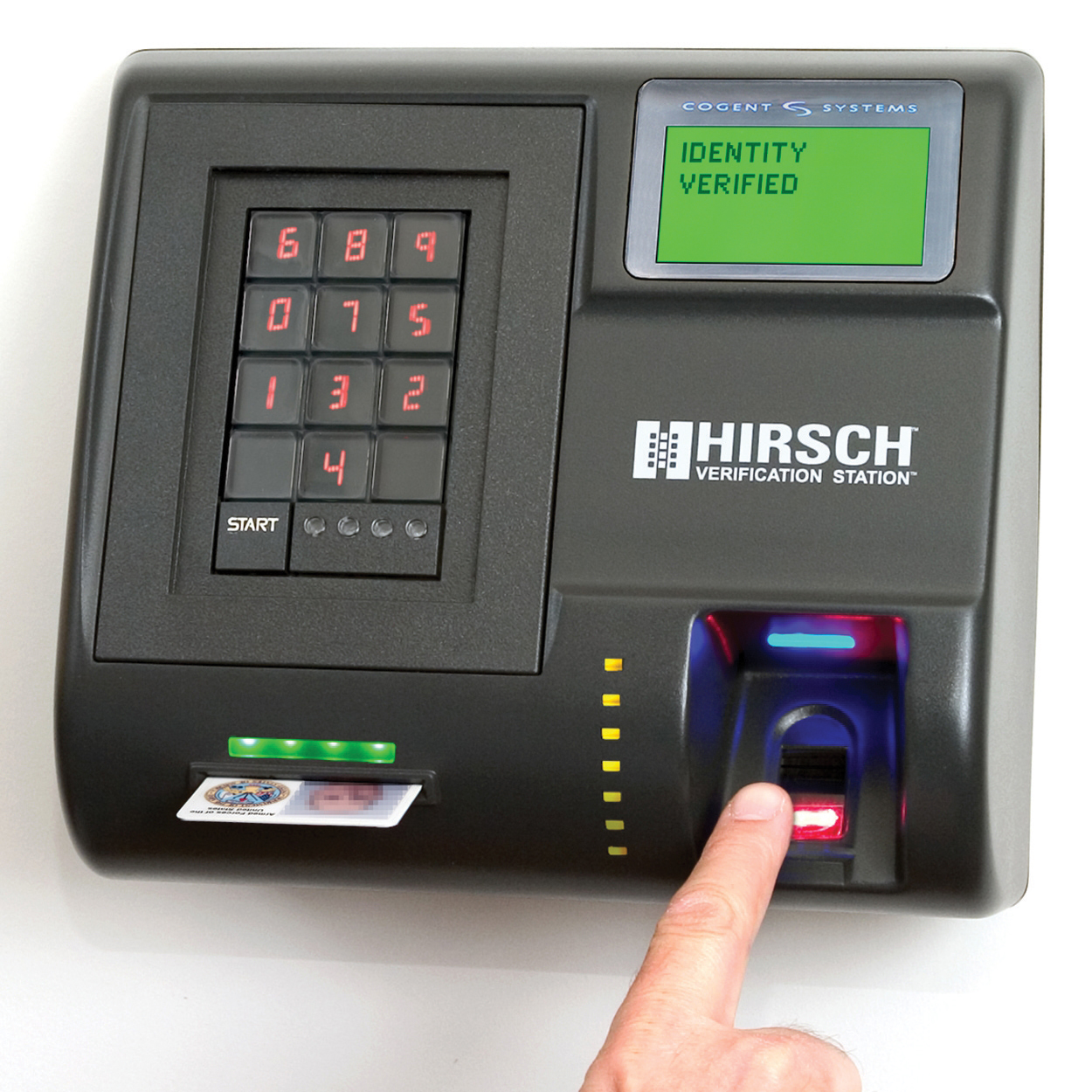By Jeanny Lim

Scott Howell
Director of Worldwide Marketing, Hirsch Electronics (Photo by Hirsch Electronics)
What are some of the trends in the biometric security market recently?
Here at Hirsch Electronics, we have seen a significant uptick in demand for biometric devices, particularly for devices that incorporate multiple authentication factors. For instance, customers are buying Hirschs Verification Station because among other benefits, it offers four authentication factors: fingerprint, smart card (contactless or contact), PIN code, and PKI certificate check.
In what aspect do you think “multiple authentication factors” draw our attention?
Multiple authentication factors deliver higher security. If a professional criminal goes to the trouble to attempt to spoof (i.e., forge or duplicate) a fingerprint, a multi-factor device will still defeat him -- the crook does not know the PIN code nor does he likely have a valid card.
Multiple authentication factors deliver not only higher security, but also flexibility. For instance, an administrator may want to utilize a subset of the available factors (say, 2-factor card+finger, code+finger or card+code, etc.) on certain doors or for certain situations and yet have the flexibility to go to 3- or 4-factors if desired or necessary.
Why fingerprint?
● User acceptance and ease of use. People understand the concept of fingerprints. And many people even have experienced fingerprint biometrics, for instance, when renewing their drivers license.
● Improved quality. The latest generation of sensors and algorithms, especially from the vendors Hirsch partners with, are actually quite good, allowing Hirsch to deliver accurate, quick and effective integrated, multifunction devices suitable for a wide range of applications.
● Reasonable cost. Fingerprint biometrics are one of the lower-cost biometric options. For instance, eye iris biometric devices may be an excellent choice for some applications -- they are typically very difficult to defeat and boast false acceptance rates of nearly zero. But that comes at a cost in terms of money, time and training.
● Momentum: The U.S. Federal government and many foreign governments have mandated fingerprint biometrics to increase security in facilities or at the border, or to combat welfare and other fraud.
Could you please update us about the situation of the market that you are now involved in?
Security buyers are demanding a higher level of security. In addition to the obvious needs for integrated access control and video, savvy buyers are now asking for solutions that include the following:
● Identity vetting: Policies, procedures and technologies to vet one’s identity before card/credential handover. Includes check of ‘breeder’ documents (birth certificates, etc.), checks with outside database (for past convictions, etc.). Workflow software to manage the process.
● Identity and credential management: Identity Management System (IDMS) and Card (or Credential) Management (CMS) functionality. Policies and processes for managing changes (adds, deletes, lost credentials, name changes, etc.).
● Secure credentials: The use of multiple authentication (card, code, PKI certificate, etc.) factors including biometric.
● Multi-function credentials: Smart cards that serve as access keys, payment tokens, factory automation keys, etc.
● Protection of personal information: Computers that contain personal information need to be certified as secure. This includes audit capabilities, access controls, system rights and permissions, network connection rules, encryption of data in transit and at rest, and the use of Public/Private Key Infrastructure (PKI) and certificate life cycle management.
● Secure interoperability: The security system should exchange appropriate information with other networked information and systems -- such as HR, provisioning, network access control -- using secure methods.
● Command & control: An integrated console that communicates the entire safety and security environment. Allows for domain awareness, situation analysis including correlation of events, control of devices (doors, cameras, etc.), manages incident response, facilitates post-event investigation.
Please introduce Hirsch Electronics to our readers.
Hirsch Electronics designs and manufactures security systems for worldwide markets. Hirsch is a recognized leader in IP-based physical security solutions that interoperate with other networked databases, devices and systems, such as human resources, provisioning, and directory services. Hirsch’s award-winning Role-Based Access Control (RBAC), identity management, and policy-based security management systems integrate access control, digital video, alarm monitoring, smart cards and biometrics. Hirsch security solutions are IT-centric, highly secure, and scalable to even the largest organizations. Customers use Hirsch solutions to authenticate identities, authorize access to appropriate areas of the building or network, route alarms, and perform audits and analysis. Hirsch solutions enable customers to enforce policies, to mitigate risk and liability, to prevent incidents, to ensure regulatory compliance, and to safeguard employees, information and assets. An industry pioneer, Hirsch redefined physical access control with the invention of the scrambling keypad more than twenty-five years ago. Continual development earned the company a reputation for high-security, product reliability and company integrity.

Hirsch Verification Station (Photo by Hirsch Electronics)
Jeanny Lim is Editor-in-Chief of SecurityWorld INT’L. Send your comments to swied@infothe.com.
For more information, please send your e-mails to swm@infothe.com.
ⓒ2007 www.SecurityWorldMag.com. All rights reserved.
|



